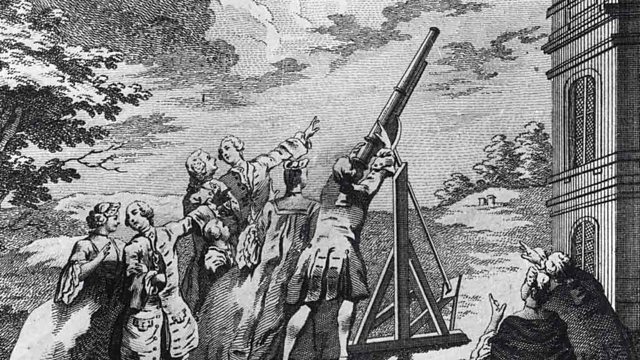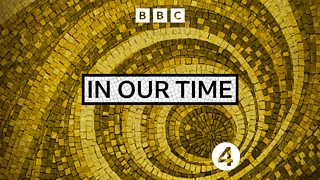Optics
Melvyn Bragg and guests discuss the history of optics – from star gazing with a telescope to examining lice under a microscope
Melvyn Bragg and guests discuss the history of optics. From telescopes to microscopes, from star-gazing to the intimacies of a magnified flea. As Galileo turned his telescope to the heavens in the early 1600s, Kepler began to formulate a theory of optics. The new and improving instruments went hand in hand with radical new ideas about how we see and what we see. Spectacles allowed scholars to study long into the evening (and into old age), while giant telescopes, up to 100 feet long, led to the discovery of planets and attempts to map the universe. The craze for optical trickery swept Europe with enthusiastic amateurs often providing valuable discoveries. But this new view of the world through a lens raised questions too – how much can you rely on the senses, on what you see? The further into space you can spy, the larger and more unmanageable the universe becomes. At the same time, the microscope was utterly transforming the world close at hand.So how did these developments inform ideas of knowledge? If new methods of scientific observation support an empirical approach, what does this mean for divine, innate reason?With Simon Schaffer, Professor in History and Philosophy of Science at the University of Cambridge; Jim Bennett, Director of the Museum of the History of Science and Fellow of Linacre College at the University of Oxford; Emily Winterburn, Curator of Astronomy at the National Maritime Museum
Last on
Broadcasts
- Thu 1 Mar 2007 09:00���˿��� Radio 4 FM
- Thu 1 Mar 2007 21:30���˿��� Radio 4 FM
Featured in...
![]()
Science—In Our Time
Scientific principles, theory, and the role of key figures in the advancement of science.
In Our Time podcasts
Download programmes from the huge In Our Time archive.
The In Our Time Listeners' Top 10
If you’re new to In Our Time, this is a good place to start.
Arts and Ideas podcast
Download the best of Radio 3's Free Thinking programme.
Podcast
-
![]()
In Our Time
Melvyn Bragg and guests discuss the ideas, people and events that have shaped our world.



